5 Exemplary Examples of Healthcare Social Media Marketing Success
The most effective marketing programs do more than educate; they resonate with the public, eliciting an emotional response that isn’t easily forgotten. With deeply personal subjects often of life or death significance, healthcare marketing campaigns are often particularly powerful. Hospital groups, pharmaceutical companies and charitable causes are increasingly pushing the boundaries to create creative, compelling campaigns which create a lasting impression. Using the right social media channels to deliver the message directly to their target audience is what makes the best campaigns so successful.
Here are five of our favourites from the past few years:
1. SickKids VS
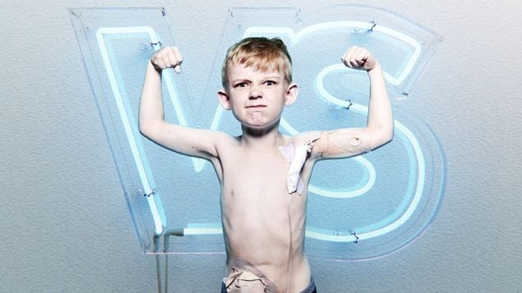
Better known simply as “SickKids,” Toronto’s Hospital for Sick Children took a radical approach when sharing the stories of its young patients in a fundraising campaign for the Sick Kids Foundation. Rather than tugging on the audience’s heartstrings by portraying patients as victims of their medical condition or depicting the hardships having a child with a serious illness poses for the entire family, the kids are presented is a series of videos as heroic fighters readying for battle.
Instead of being portrayed as weak or suffering, they are defiant and strong. They are gladiators, boxers, pro wrestlers and comic book superheroes, supported by an army of doctors, nurses, researchers and family members who gird for battle alongside them. The final result is intense, raw and unforgettable.
2. #YESMAMM
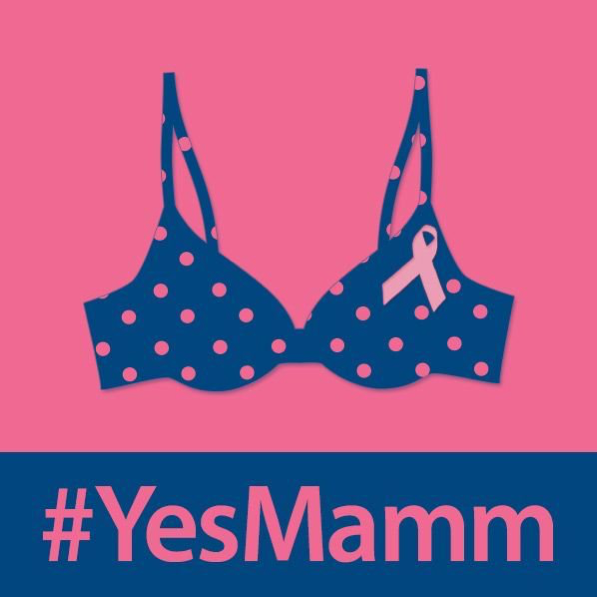
It’s a new solution to an old problem. Despite rising awareness of breast cancers and the importance of early detection, officials with the Carilion Clinic in Virginia were concerned that not enough women were scheduling mammograms. The clinic added screening locations through the state which would be accessible to all women, regardless of their ability to pay, and launched the #YESMAMM campaign to encourage women to schedule an appointment. The social based campaign helped drive traffic to the clinic site, grew their online community and provided a way to share valuable information with hosted Twitter chats about breast cancer.
3. Movember
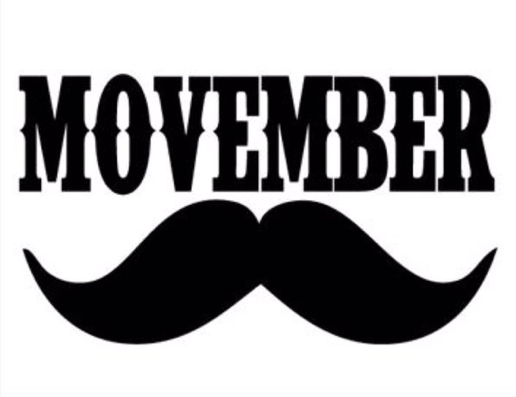
When a healthcare campaign goes global and takes over an entire month, you know it’s been a success. Movember started in 2003 as a conversation between two friends in Australia, who wanted to challenge a few friends to grow a moustache. Inspired by friends who were raising money for breast cancers, they decided to make the challenge meaningful by using it to raise money for men’s health issues. The following year they decided to make the movement formal and registered the Movember Foundation, built a website and launched a social media campaign. Now, 15 years later, more than 5.5 million “Mo Bros” (and “Mo Sisters’) have joined the movement, funding more than 1,200 projects in 20 countries and, raising awareness of men’s health issues such as prostate and testicular cancers.
4. The Eyes Of A Child
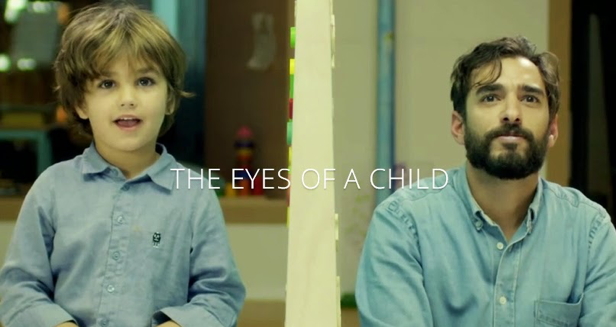
The brainchild of a French advocacy group called the Noémie Foundation, the powerful campaign titled The Eyes of a Child aimed to change the public’s perception of people with disabilities. In a compelling video, parents and their kids were shown pictures of people making various funny faces, and were asked to mimic them. In each case the last image depicted a person with a disability. While the adults reacted with surprise or shock, and stopped trying to mimic their facial expressions, the children innocently continued playing the game. The campaign’s simple message lies at the root of its success: when we look at the disabled through the eyes of a child, we see the person, not their disability.
5. Things Everybody Does But Doesn’t Talk About
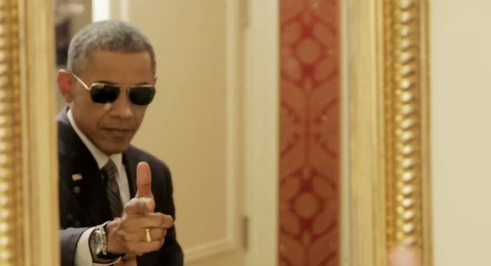
When the U.S. government wanted to encourage millennials to visit healthcare.gov and sign up for healthcare coverage it took a decidedly lighthearted approach to a serious (and some might say boring) subject. With the help of a very famous spokesperson – then President Barack Obama – and BuzzFeed, it launched a promotional video designed to capture the attention of this traditionally hard to reach demographic. And it worked. The humorous clip answered the question: “What does the President do when nobody’s around?” The answer: the same things everybody else does. He checks himself out in new sunglasses, makes funny faces, takes selfies with a selfie stick, blames the President when something goes wrong and practices for a big speech in front of the mirror. The fact that his speech rehearsal includes a plug for the healthcare.gov site and reminds viewers of the sign-up deadline is clever and hits just the right tone for the millennial audience. With more than 15 million views in its first 8 hours, the campaign was a viral sensation.

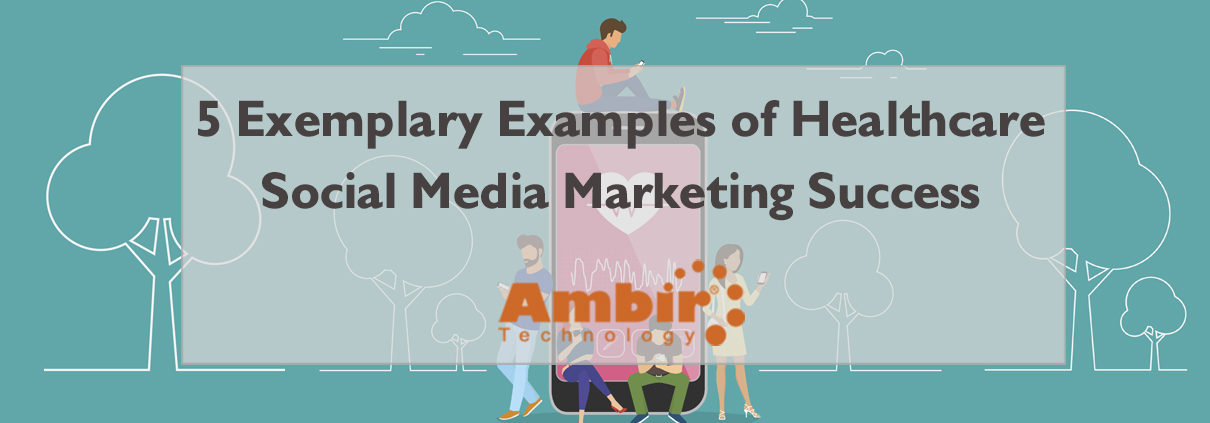





Leave a Reply
Want to join the discussion?Feel free to contribute!